Purpose
The purpose of this lab is to introduce the characteristics and function of a “bog or fen” ecosystem (Spongy Lake is a nutrient-poor fen), and to place this in the context of climate change since the last ice age and expected change induced by current and future anthropogenic global warming.
Each stop is accompanied with narration that can alternatively be accessed as transcripts.
Stops 1 and 2
Agricultural Field Overlooking Spongy Lake & Upland Forest
Stop 1 discusses the glacial action responsible for the formation of Spongy Lake and its surrounding, human activities surrounding Spongy Lake, and its regional significance.
Stop 2 describes the vegetation community in the upland forest.
Use the hexagonal icon in the top-left to open the activity in a new window. From there, you can full-screen the activity. Use the gear icon in the top-right to enable audio narration.
Note: If the scene appears black, please refresh the page or change to a new Scene.
key questions and review
- Identify two features at Spongy Lake that occurred as a result of glacial processes.
- What are the general successional stages of a wetland? What stage is Spongy Lake currently in?
- Why is Spongy Lake classified as an ESPA?
- Describe three ways that can humans impact this sensitive ecosystem.
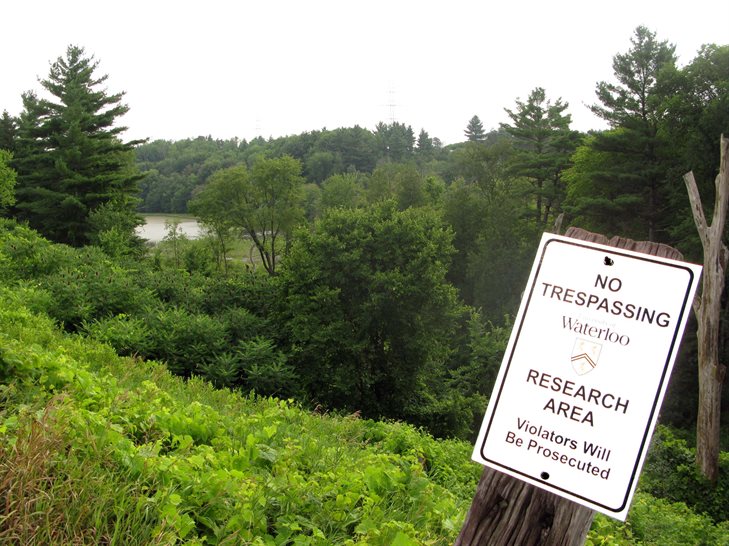
UW Research Area: No trespassing
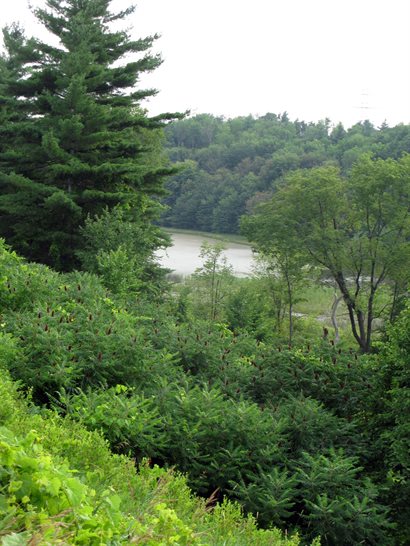
First view of Spongy Lake
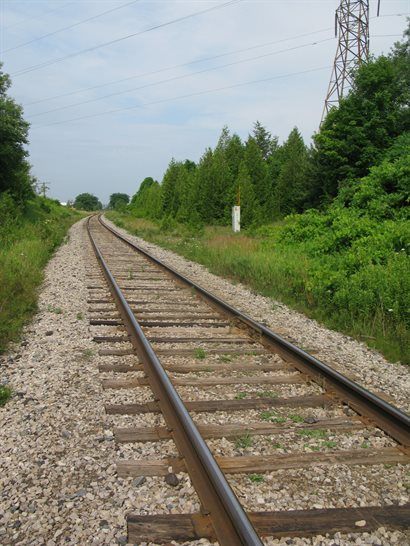
Railroad tracks lined with limestone

Staghorn sumac tree
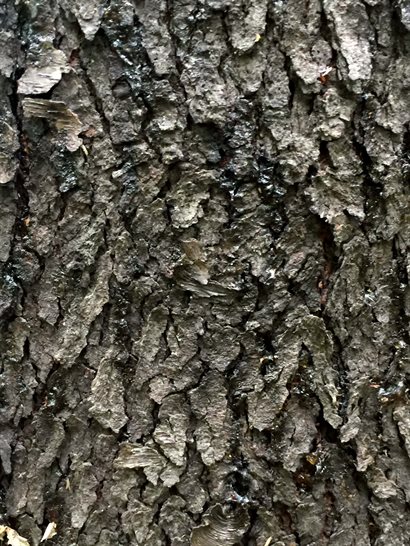
Black cherry bark
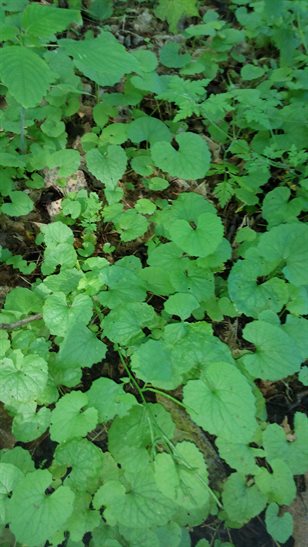
Garlic mustard

Wild ginger

Red elderberry
Previous
Next
Copyright for carousel slides
Slide 1: © Course Authors
Slide 2: © Course Authors
Slide 3: © Course Authors
Slide 4: © Course Authors
Slide 5: © Course Authors
Slide 6: © Course Authors
Slide 7: © Course Authors
Slide 8: © Course Authors
Stops 3 and 4
Lagg Zone & Area With Excavated Peat
Stop 3 discusses the characteristics of a lagg zone and its vegetation community.
Stop 4 describes the anaerobic conditions present in bogs and fens, peat formation, and the significance of peatlands.
Use the hexagonal icon in the top-left to open the activity in a new window. From there, you can full-screen the activity. Use the gear icon in the top-right to enable audio narration.
Note: If the scene appears black, please refresh the page or change to a new Scene.
key questions and review
- Describe one difference between a bog and a fen.
- Discuss conditions that cause the change in vegetation community observed between the forest and the lagg zone.
- What are anaerobic conditions? How can they contribute to research on historical climate and community composition?
- What role do wetlands play in moderating climate, both locally and globally?
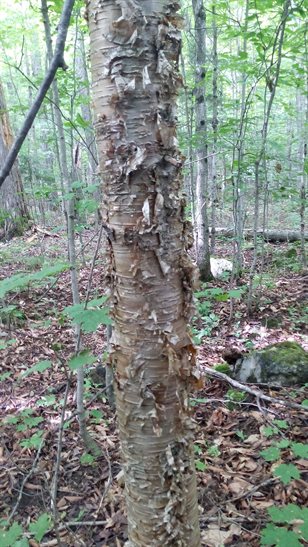
Yellow birch
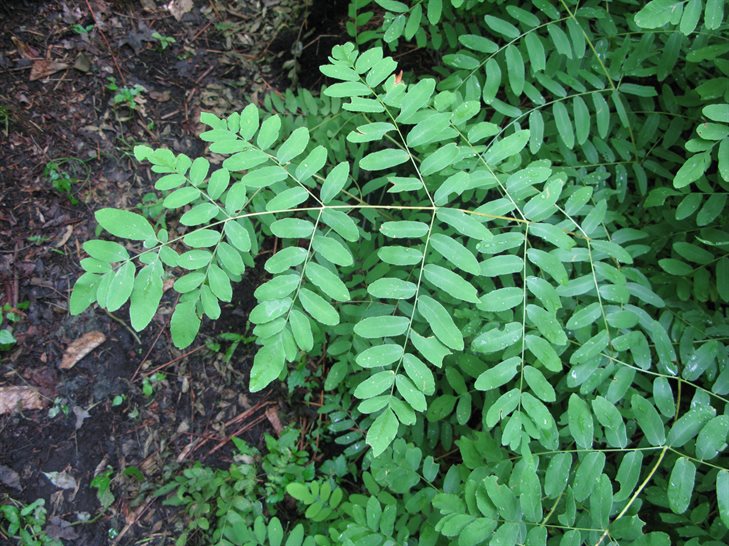
Royal fern
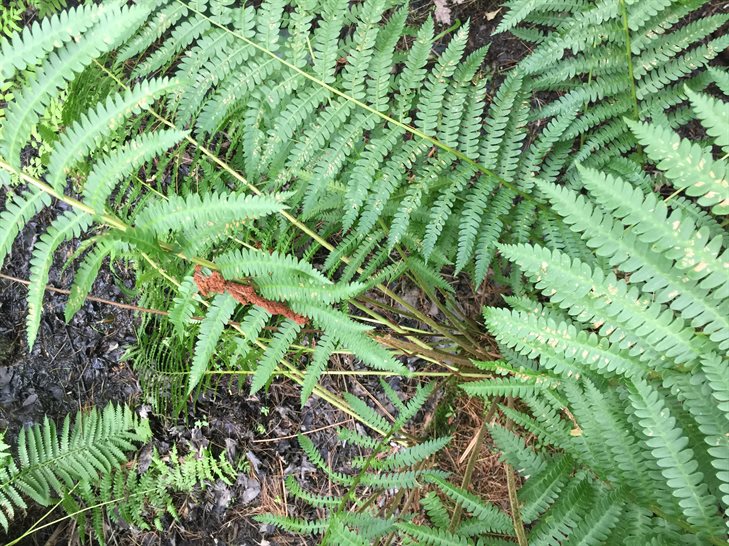
Cinnamon fern
Previous
Next
Copyright for carousel slides
Slide 1: © Course Authors
Slide 2: © Course Authors
Slide 3: © Course Authors
Stops 5 and 6
On Peat and Boardwalk & Open Water
Stop 5 describes the vegetation community on the peat mats and growth limiting factors present in Spongy Lake.
Stop 6 discusses the vegetation community over the open water, how it's changing, and general features of a fen.
Use the hexagonal icon in the top-left to open the activity in a new window. From there, you can full-screen the activity. Use the gear icon in the top-right to enable audio narration.
Note: If the scene appears black, please refresh the page or change to a new Scene.
Jumping on the Mat
Note the buoyant quality of the peat mat over the open water.
© Course Authors
key questions and review
- Identify three growth limiting factors in Spongy Lake and ways that plants have adapted to overcome them.
- Sketch a transect that shows the gradient of vegetation zones at Spongy Lake based on what you observed.
Highlights
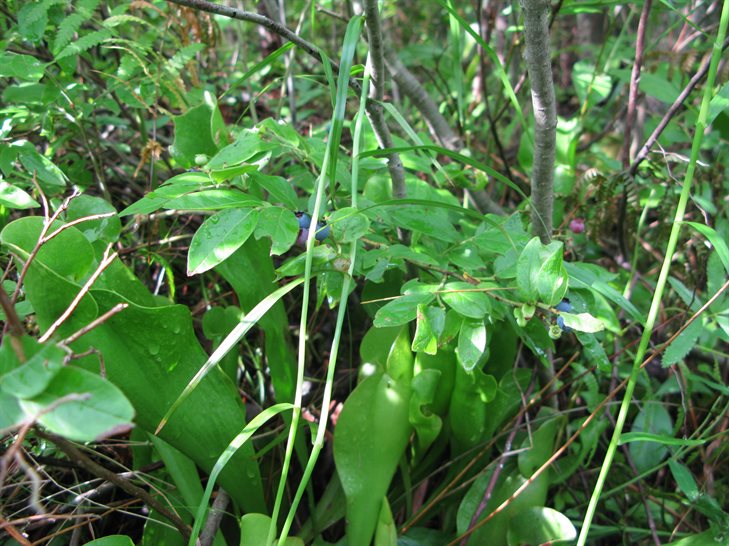
Blueberry and pitcher plants

Pitcher plant
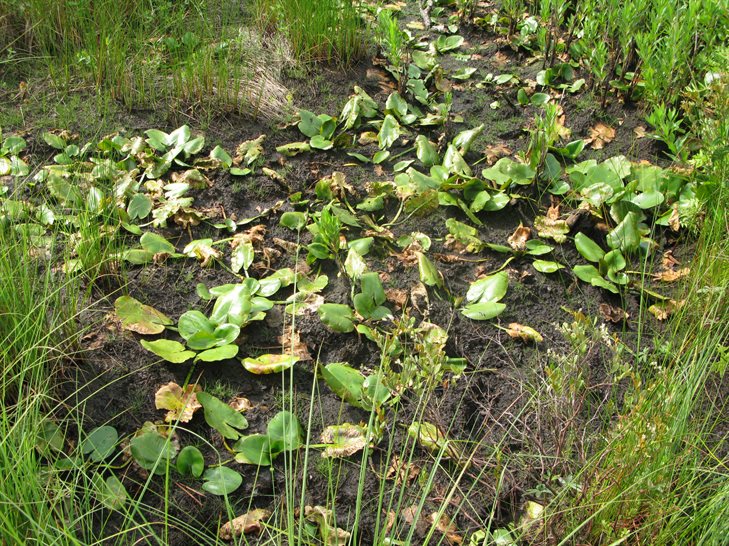
Water lilies
Previous
Next
Copyright for carousel slides
Slide 1: © Course Authors
Slide 2: © Course Authors
Slide 3: © Course Authors
Final Remarks
Climate change has the potential to greatly impact this sensitive ecosystem in a variety of ways.
For example:
- Flooding would increase the open water zone and push back vegetation.
- Drought would expose the peat and thus increase decomposition rates and release nutrients and greenhouse gases. Plants that flourish in higher nutrient levels may begin to outcompete existing vegetation. Which plants would you expect to disappear from Spongy Lake?
- Change in climate patterns could bring in invasive flora and fauna.
- Dry peat could ignite, whether naturally or through anthropogenic influence, breaking up the fen and releasing greenhouse gases.
Potential human impacts include:
- Runoff from the basic limestone along the railway which could increase the pH of the area.
- Runoff from agricultural activity which could cause shifts in the vegetative community by adding excess nutrients and pesticides.
- Human groundwater consumption which could result in the open water zone shrinking and drying out the peat. Consider the combined effect of increased population growth and warmer climates on groundwater levels.
- Trampling and compaction of the fen due to student’s visit every semester. The Ecology Lab has tried to reduce this by installing a board walk or visiting when the ground is frozen.
- Snowmobiles and ATV’s could damage the landscape.
- A gas line was proposed in the past but did not occur due to concerns that the pipeline would sink and rupture.
- A subdivision was proposed in the mid-1960s but was denied for reasons of septic disposal and potential for runoff into this unique ecosystem.
Summary
Spongy Lake is a unique environment initially created by glacial action and requires the existence of specific conditions in order to perpetuate itself as a fen. These conditions include little inflow or outflow, an anaerobic environment with slow vegetative decay, and a moderate microclimate for southern Ontario.
Normal limiting factors to growth are partially overcome through vegetative adaptation that’s evident in the fen. Distinct zonation, each with its own unique characteristics, can be observed in the fen and adjacent upland forest, separated by the lagg zone.
Peat cores can be used to reconstruct the history of a fen. Natural and human-induced changes could cause the disappearance of the fen. Climate change may play an important role in the health of the fen.